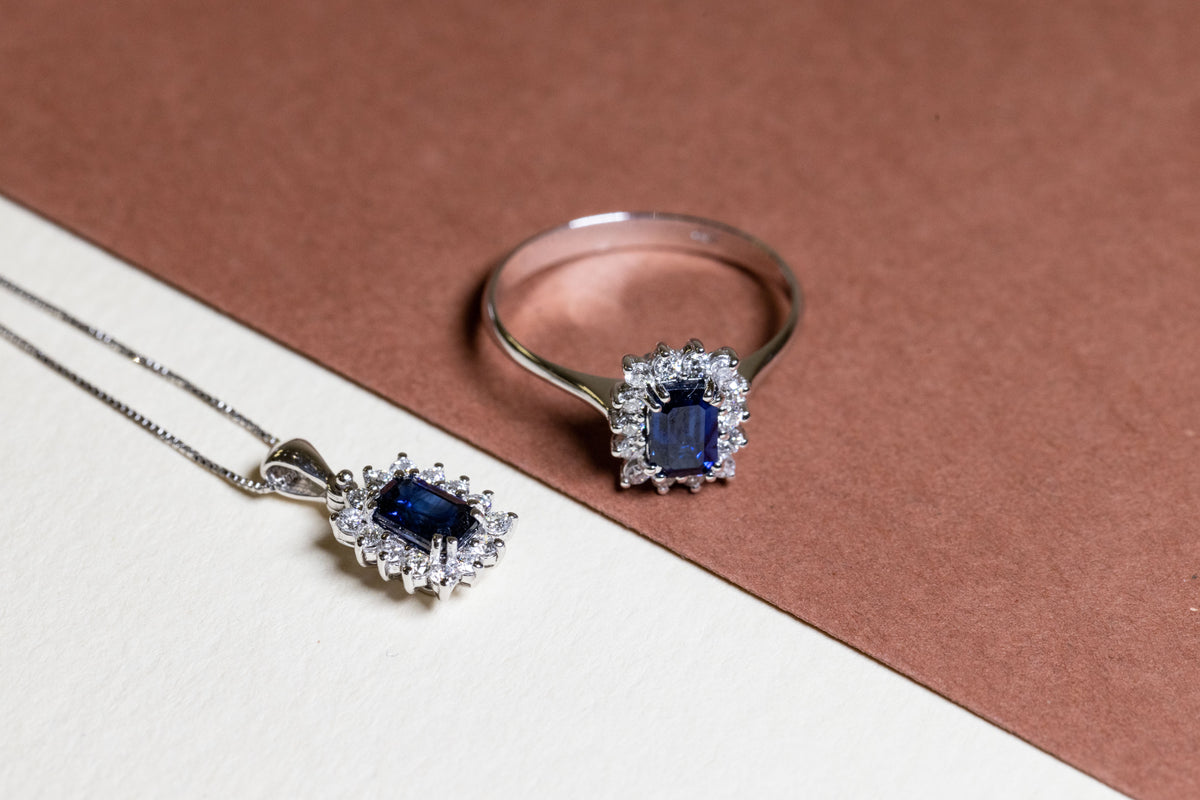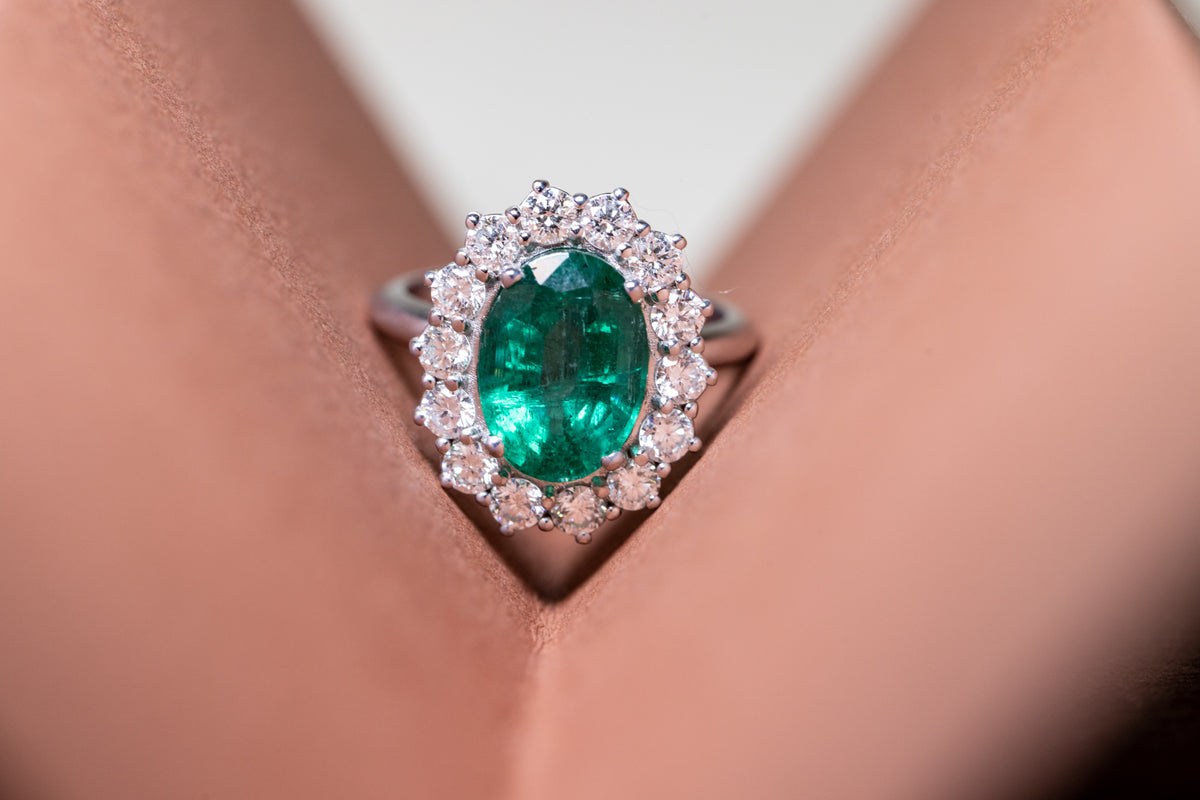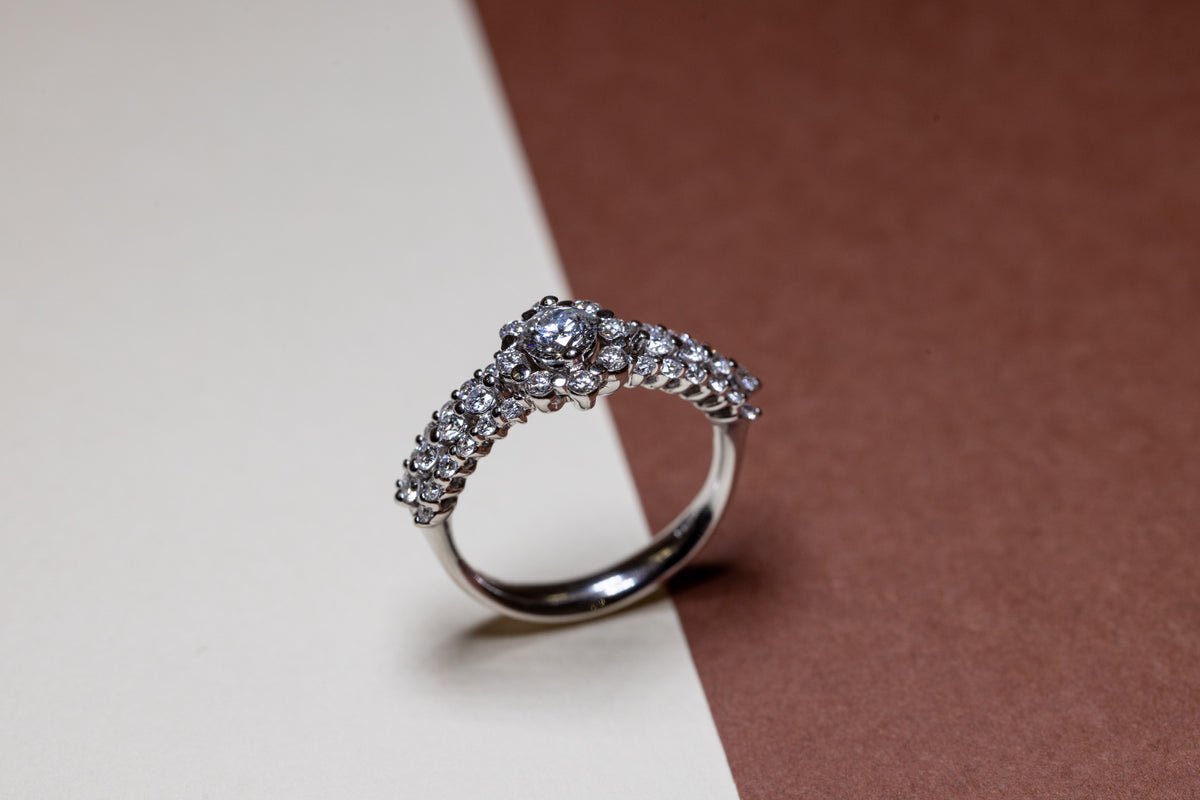Pay in installments with
Today, Beg'Oreficeria wants to introduce you to the world of rubies, one of the most famous and certainly most expensive stones in the Italian and international goldsmith sector.
As seen in previous articles, the value of a stone depends mainly on the four characteristics that must be paid attention to in order to provide an accurate valuation of the gem or jewel from which it is formed.
These characteristics, called the “4Cs”, are: colour, clarity, cut and carat (carat weight).
In particular, the value of a ruby is given above all by its color, as the most valuable stones are those with more intense and brilliant hues.
Another factor that significantly increases the price of a stone is the absence of defects, although this is a fairly rare characteristic, and is often the result of heat treatments, which, however, risk lowering their value. The most expensive rubies are, in fact, those that are flawless despite not having undergone any special treatment.
It has been estimated that flawless rubies can fetch prices ranging from €1000 to €3000 per carat.
Rubies are among the most valuable colored gems, and it's thought that rubies from Mogok—a city in Burma considered the "gemstone capital"—can be valued even higher than diamonds. Burmese rubies, in fact, can fetch anywhere from €300 to €3,000 per carat.
Ruby is a variety of the mineral corundum, and its hues range from intense red (known as "pigeon's blood") to a more pinkish hue. The red is made more vibrant by an almost imperceptible blue contrast, partly due to the presence of chromium, a metal we've already found in smetal and tanzanite.
Ruby is called a "dichroic gem" because it has two primary colors: purple-red and orange-red. Other, more delicate shades include pink and purple.
The largest ruby deposits are in Sri Lanka, China, Madagascar and Tanzania as well as, as we have already mentioned, in Burma, where the most precious stones are found.
This stone is known for its hardness, which ranks second only to diamond; it is therefore very resistant to abrasion.
Like sapphire, ruby is a type II gemstone, meaning it has small inclusions that are less visible to the naked eye. These inclusions can sometimes allow light to be better distributed, making the stone appear more delicate and, in some cases, more valuable.

In ancient times, ruby was thought to symbolize longevity, power, and victory. Over time, given its color, often associated with passion, this stone has also been associated with ardent love.
Always linked to color was the Hindu belief according to which the bright red of the stone was given by a continuous fire burning inside it.
Its warm tone also allows it to be associated with the sun, bearer of energy and strength.
Ruby was considered by ancient medicine as a powerful means to preserve memory and to improve the quality of sleep and appetite.
The most expensive ruby ever crafted is worth $8.6 million. We're talking about the Graff Ruby, a ring weighing approximately 8.6 carats that was sold to Lauren Graff at an auction in Geneva in 2014.
The ring, which features a remarkable cushion-cut ruby at its center and Graff diamonds surrounding it, comes from Burma, specifically from Mogok, and is colored “pigeon blood,” a vibrant red.

As an artisan goldsmith's workshop, we would like to warn you, as we have already said for diamonds, about the presence of fake gems on the market.
It is in fact important for us to point out that there are stones that are defined as rubies even though they are not, and for this reason we would like to warn you and give you some tips on how to recognise them.
Some examples are the Cape ruby, the American ruby, and the Rocky Mountain ruby, which are actually varieties of garnet. Ruby can also be confused with other stones; for example, the Bohemian ruby, which is actually rose quartz.
Some elements that allow you to recognize a real ruby from a fake are, for example, brilliance and color, which must be bright and shiny (unlike fakes, which are generally opaque).
As we've said, ruby is a very hard stone. Therefore, if the stone is easily scratched, it's definitely not authentic.
It is then important to pay attention to the shape of the ruby: rubies weighing over half a carat generally have a complex cut, so a round-shaped stone will most likely be fake.
For these reasons, when purchasing it is necessary to rely on an expert and qualified jeweler and obtain an official certificate of authenticity of the stone.



Receive your order immediately and pay in 3 to 12 installments.
Our team is always available to you 24/7.
We deliver all jewelry in Zahir personalized packaging.
Engrave a name, letter, or a date that's important to you, at no additional cost.